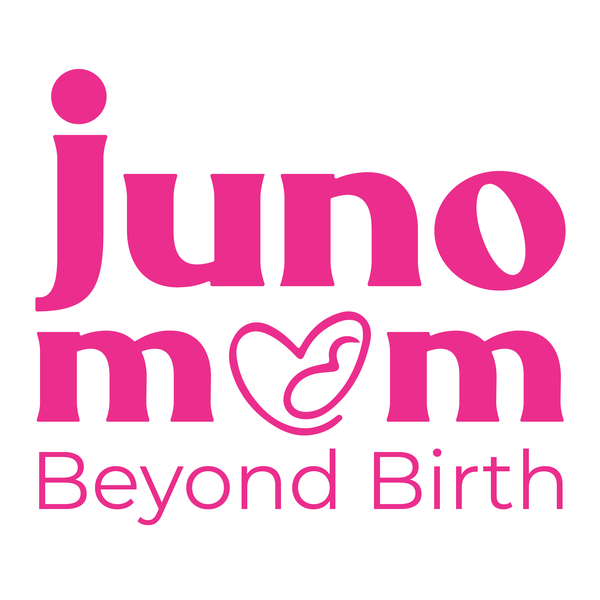A C-section delivery is a major surgical procedure, and like any surgery, it leaves behind a scar. For many mothers, the healing process can feel overwhelming, especially when trying to care for a newborn at the same time.

The good news is that with proper postpartum care, you can support your body's natural healing process, minimize scarring, and regain confidence in your skin. Understanding what’s normal and what needs attention can make your after-pregnancy recovery journey smoother and stress-free.
Let’s talk about how to take care of your C-section scar effectively.
Understanding the C-Section Scar
A C-section scar forms where the incision was made during childbirth. The type of incision can impact how your scar heals:
Low Transverse Incision: The most common type, made horizontally across the lower abdomen. It heals well and has a lower risk of complications.

Vertical Incision: Runs from the belly button to the pubic area. It’s less common and may take longer to heal.

Classical Incision: A vertical cut on the upper uterus, rarely used today except in specific medical situations. This incision type may be more prone to noticeable scarring and longer healing time.

After third-trimester pregnancy, your body undergoes a major shift. The healing process is different for every mother, and the scar's appearance may change over time. Initially, it may look red, raised, or sensitive, but with good postpartum recovery habits, it will gradually fade.
Essential Tips for C-Section Scar Healing
1. Follow Your Doctor’s Instructions
Right after delivery, your doctor will guide you on how to keep your incision clean. Following their advice is the first step to proper healing. Avoid touching or scratching the area, and always wash your hands before changing bandages.
2. Keep the Scar Clean and Dry
Gently wash the area with mild soap and water. Pat dry—don’t rub. Keeping the scar clean helps prevent infections that can slow down healing.
3. Give Your Body the Rest It Needs
Healing takes time. Avoid lifting heavy objects or bending too much in the first few weeks. Your body has just been through pregnancy life, so allow it to recover without strain.
4. Eat Foods That Support Healing
Your diet plays a big role in postpartum support. Include foods rich in vitamin C, zinc, and protein to help repair tissues and reduce inflammation.
5. Wear Loose and Comfortable Clothing
Tight clothes can irritate your scar. Choose breathable, soft fabrics to avoid friction and discomfort.
How to Minimize C-Section Scarring
While scars are a natural part of healing, there are ways to improve their appearance:
1. Massage Your Scar
Once your doctor gives the green light (usually after a few weeks), gentle scar massage can help break down scar tissue and improve blood circulation. Use C-Section Scar Oil to hydrate the skin while massaging.
2. Keep the Scar Moisturized
Hydration is key to postpartum skincare. Using natural oils or creams, such as Stretch Marks & Scar Oil, can keep the area soft and improve the scar’s appearance over time.
3. Protect the Scar from Sun Exposure
Direct sun exposure can darken the scar. Apply sunscreen (SPF 30 or higher) or cover the area when outside.
Common Skin Issues Postpartum and How to Manage Them
Aside from C-section scarring, many moms experience skin issues postpartum due to hormonal changes. These may include:
Hyperpigmentation & Dark Spots – Wear sunscreen daily and use gentle brightening treatments.
Postpartum Acne – Stick to a simple skincare routine with mild, non-comedogenic products.
Dry Skin – Stay hydrated and moisturize regularly.
Sensitive Nipples – Use Natural Nipple Butter to soothe irritation from breastfeeding.
Conclusion
Taking care of your C-section scar is also important. With proper postpartum recovery habits, a balanced diet, gentle scar massage, and hydrating products like Stretch Marks & Scar Oil, you can support your skin’s healing journey.
Remember, every scar tells a story of strength and love. Be kind to yourself, and give your body the time it needs to heal.




